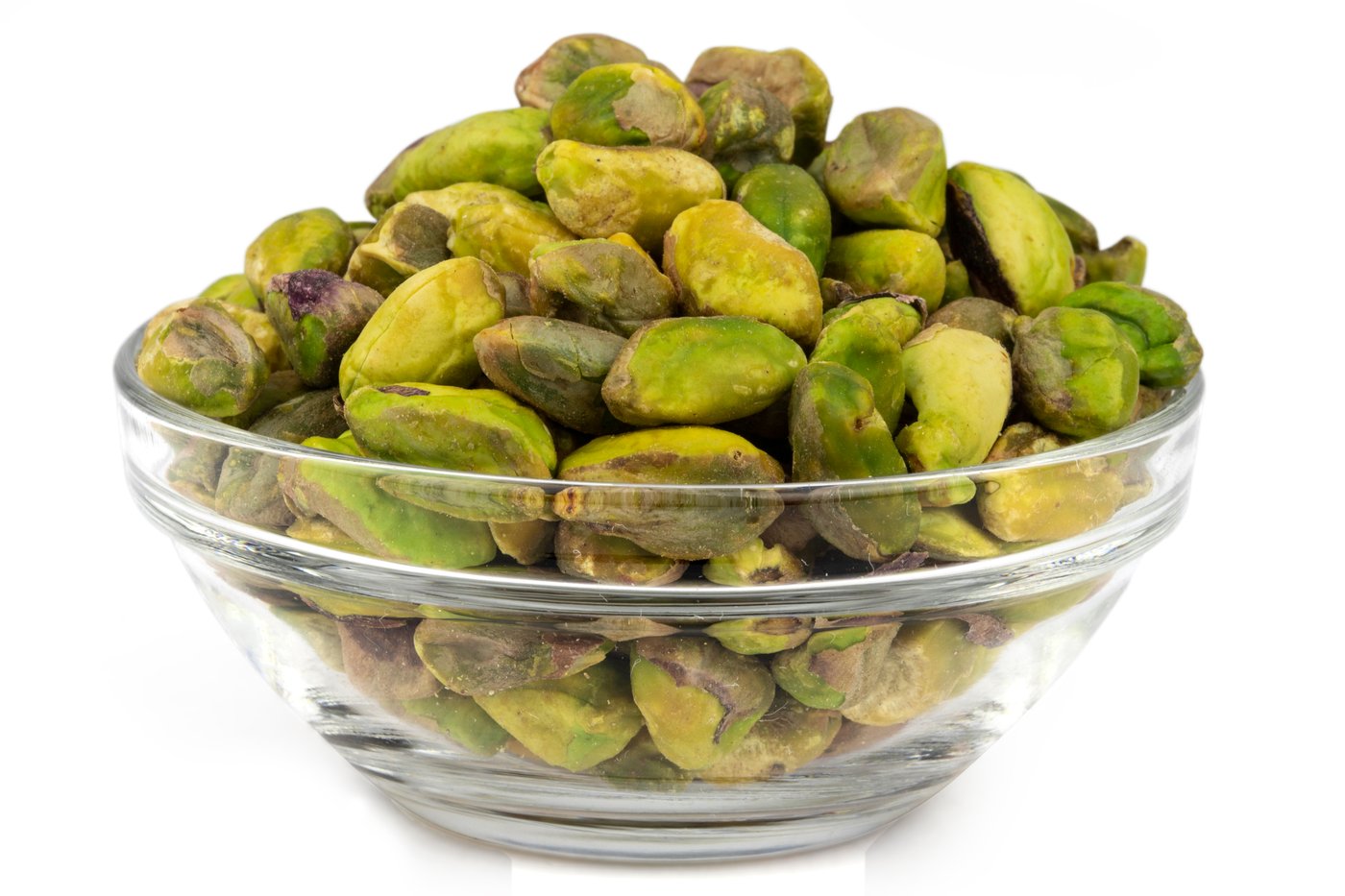To find food that are indeed healthy for you may be a challenge. In the previous blog posts we’ve focussed on some plants and their share in a healthy diet. This blog post is not different from those. In this blogpost we will focus on the Pistachio nut, its nutritional and health benefits. Sit back, get your nuts and let’s dive into the healthy world of the Pistachio nut:
Pistachio tree
The pistachio tree (Pistacia vera), has wide-spreading branches but rarely exceeds 9 metres and is also part of the cashew family (Anacardiaceae). Pistachio is popular for its edible seeds, grown in dry lands in warm or temperate climates. The pistachio tree is believed to be indigenous to Iran. It is widely cultivated from Afghanistan to the Mediterranean region and in California. The seed kernels, greenish by color, can be eaten fresh or roasted and are commonly used in a variety of desserts such as ice cream. Pistachio “nuts” are drupes just like Almonds, as discussed in “ Nut or Not?”

Nutritional value
Like many other nuts, Pistachios are high in protein, fiber, and antioxidants. They also boast several other important nutrients, including vitamin B6 and potassium. The breakdown of the nutrients found in 100 gram of pistachios are as follow:
Calories: 562
Carbs: 28 grams
Fiber: 8 grams
Protein: 20 grams
Fat: 45 grams (80% are unsaturated fats)
Potassium: 30% of the Reference Daily Intake (RDI)
Phosphorus: 48% of the RDI
Vitamin B6: 85% of the RDI
Thiamine: 56% of the RDI
Copper: 66% of the RDI
Manganese: 64% of the RDI

Pistachio and B6
Notably, pistachios are one of the most vitamin B6-rich foods around.Vitamin B6 is important for several bodily functions, including blood sugar regulation and the formation of hemoglobin, a molecule that carries oxygen in red blood cells.
Rich in antioxidants
Antioxidants are vital to your health.They prevent cell damage and play a key role in reducing the risk of disease, such as cancer.Pistachios contain more antioxidants than most other nuts and seeds. In fact, only walnuts and pecans contain more.
Good for your eyes
Among nuts, pistachios have the highest content of lutein and zeaxanthin, both of which are very important antioxidants for eye health. They protect your eyes from damage caused by blue light and age-related macular degeneration, a condition in which your central vision is impaired or lost.

Good for the penis
A study published in the International Journal of Impotence Research, showed that men who ate a handful of pistachio nuts every day for three weeks had positive results. These men had firmer erections and they also had better blood circulation in the penis, due to the fact that pistachio lowers cholesterol levels in the blood.

Pistachio has proven once again that plants are magical. The pistachio nut can lower cholesterol levels and is also good for the heart and various other organs in your body. My advice is to incorporate pistachio in your diet and use it as a snack instead of an unhealthy one ( especially the men).
See you soon and remember, there is no such thing as knowing too much.
Missed my previous blog?
Read it here: " Nut or Not? "
Comments
Post a Comment